Analysis of the Sustainable Development Index in the Communes of the Podkarpackie Voivodeship: A Polish Case Study
Abstract
1. Introduction
2. Literature Review
3. Materials and Methods
3.1. Study Area
3.2. Materials
3.3. Methods
3.4. Sustainable Development Index (SDI) Calculation
- A set of detailed metrics was identified and then assigned to one of five areas (synthetics indices) of sustainable development: economy, society, environment and institutions, and spatial planning.
- The data used to determine the detailed metric values was the Local Databank of the Statistics Poland (BDL GUS) for the years 2015 and 2020.
- The impact of each metric was assessed either as a stimulant or an inhibitor. A metric was considered a stimulant when the SDI value increases along with the metric. In other words, a higher metric value corresponds to a higher level of sustainable development. The opposite is true for inhibitors—here, the higher the metric, the more detrimental its impact on the SDI.
- All of the detailed measures were subjected to data aggregation, namely, standardization utilizing the following Formulas (1) and (2):
- 5.
- A total of five area indices (partial indices) were calculated for each commune, using the arithmetic mean (3)–(7).
- 6.
- The and were calculated for each commune using the arithmetic mean of detailed metrics (8).
- 7.
- SDI change calculations between 2015 and 2020.
4. Results
4.1. Sustainable Development Index 2015 and 2020
4.1.1. Sustainable Development Index 2015
- The first 10 spots in the ranking were taken by rural–urban communes (Supplementary File S1, Figure 4)
- The highest SDI value for 2015 belonged to Rzeszów (0.576), yet the rural commune of Cisna (0.573) and the urban commune of Krosno (0.570) had very similar readings.
- Only these three communes had SDI values that exceeded 0.5. The communes that occupied the subsequent places in the rankings were the rural commune of Trzebownisko (0.493) and the urban communes of Jasło (0.493) and Łańcut (0.491). The top ten of the ranking also featured dynamically developing rural communes such as Solina (0.482), Krasne (0.480), Lutowiska (0.479), and Krościenko Wyżne (0.473).
- A total of 47 communes attained SDI values ranging between 0.4 and 0.5, including bigger cities (urban communes) such as Jasło, Łańcut, Tarnobrzeg, Przemyśl, Leżajsk, Mielec, Dębica, Lubaczów, Przeworsk, Jarosław, Sanok, and Radymno. Rural–urban communes such as Głogów Małopolski, Boguchwała, Tyczyn, Rymanów, Ropczyce, Iwonicz Zdrój, and Jedlcze were also in this group.
- The lowest SDI values belonged to the rural communes of Harasiuki, Nozdrzec, and Dynów, and amounted to 0.263, 0.278, and 0.281, respectively.
4.1.2. Sustainable Development Index 2020
- Two rural–urban communes: Głogów Małopolski, which came fifth, and Boguchwała, which placed ninth, entered the top ten (Figure 5).
- The top position in terms of SDI for 2020 was also held by Rzeszów (0.530), with the rural commune of Solina (0.523) coming second. The third place went to Krosno (0.514). Cisna fell from its second position from 2015 and placed fourth.
- The top ten also included the rural–urban commune of Głogów Małopolski (0.491), the rural communes of Trzebownisko (0.479), Lutowiska (0.474), and Krasne (0.470), and the rural–urban commune of Boguchwała (0.461), which in 2015 placed fifteenth. Krościenko Wyżne and Łańcut fell out of the top ten, and placed twelfth and thirteenth in 2020, respectively.
- In 2020, an SDI value of between 0.4 and 0.5 was attained by nine communes less than in 2015 (38). This group also featured the same cities as in 2015, namely, Łańcut, Tarnobrzeg, Mielec, Jasło, Lubaczów, Leżajsk, Sanok, Przeworsk, Dębica, Przemyśl, Radymno, and Jarosław, as well as the rural–urban communes of Głogów Małopolski, Boguchwała, Tyczyn, Rymanów, Iwonicz Zdrój, Jedlcze, and Kolbuszowa.
4.2. Change in Sustainable Development Index Values from 2015 to 2020
4.3. Sustainable Development in the Area of Spatial Planning in 2015 and 2020
4.4. Sustainable Development Index by Commune Type
5. Discussion and Conclusions
Supplementary Materials
Author Contributions
Funding
Institutional Review Board Statement
Informed Consent Statement
Data Availability Statement
Conflicts of Interest
References
- Transforming Our World: The 2030 Agenda for Sustainable Development; United Nations, Department of Economic and Social Affairs, Sustainable Development: New York, NY, USA, 2016; Available online: https://sdgs.un.org/2030agenda (accessed on 16 July 2022).
- Doyle, T. Sustainable development and Agenda 21: The secular bible of global free markets and pluralist democracy. Third World Q. 1998, 19, 771–786. [Google Scholar] [CrossRef]
- Hametner, M.; Kostetckaia, M. Frontrunners and laggards: How fast Are the EU member states progressing towards the Sustainable Development Goals. Ecol. Econ. 2020, 177, 745623. [Google Scholar] [CrossRef]
- Dickens, C.; Smakhtin, V.; McCartney, M.; O’Brien, G.; Dahir, L. Defining and Quantifying National-Level Targets, Indicators and Benchmarks for Management of Natural Resources to Achieve the Sustainable Development Goals. Sustainability 2019, 11, 462. [Google Scholar] [CrossRef]
- Sustainable Development Goals (SDGs). Available online: https://www.un.org/sustainabledevelopment/sustainable-development-goals/ (accessed on 1 December 2021).
- Sustainable Development in the European Union—Monitoring Report on Progress towards the SDGs in an EU Context—2021 Edition. Available online: https://ec.europa.eu/eurostat/web/products-statistical-books/-/ks-03-21-096 (accessed on 20 February 2022).
- Miola, A.; Schiltz, F. Measuring sustainable development goals performance: How to monitor policy action in the 2030 Agenda implementation? Ecol. Econ. 2019, 164, 106373. [Google Scholar] [CrossRef] [PubMed]
- Kowalczyk, M. Zrównoważony rozwój miast na prawach powiatu w Polsce w świetle wybranych wskaźników środowiskowych. Zesz. Teor. Rachun. 2021, 112, 69–84. Available online: http://cejsh.icm.edu.pl/cejsh/element/bwmeta1.element.desklight-ed02aacf-b11d-41d4-8938-7f53d46d5f72/c/06_B5_Kowalczyk.pdf (accessed on 16 June 2022).
- OECD Regions and Cities at a Glance 2020. Available online: https://read.oecd.org/10.1787/959d5ba0-en?format=pdf (accessed on 18 December 2021).
- Chang, Y.; Fang, Z.; Hamori, S.; Chow, D.A. Sustainable Metropolis: Perspectives of Population, Productivity and Parity. Sustainability 2018, 10, 4264. [Google Scholar] [CrossRef]
- Sachs, J.; Kroll, C.; Lafortune, G.; Fuller, G.; Woelm, F. Sustainable Development Report 2021; Cambridge University Press: Cambridge, UK, 2021; Available online: https://www.sdgindex.org/reports/sustainable-development-report-2021/ (accessed on 16 June 2022).
- Resce, G.; Schiltz, F. Sustainable development in Europe: A multicriteria decision analysis. Rev. Income Wealth 2021, 67, 509–529. [Google Scholar] [CrossRef]
- Europe Sustainable Development Report 2021. Available online: https://eu-dashboards.sdgindex.org/ (accessed on 18 December 2021).
- Cieślak, I. Wieloaspektowa Analiza Konfliktów Przestrzennych, 1st ed.; Wydawnictwo Uniwersytetu Warmińsko-Mazurskiego: Olsztyn, Poland, 2020. [Google Scholar]
- Konstytucja Rzeczypospolitej Polskiej z Dnia 2 Kwietnia 1997. Available online: https://www.sejm.gov.pl/prawo/konst/polski/kon1.html (accessed on 18 December 2021).
- Ustawa z dnia 27 Kwietnia 2001 r. Prawo Ochrony Środowiska, Dziennik Ustaw 2001 Nr 62 Poz. 627. Available online: https://isap.sejm.gov.pl/ (accessed on 15 December 2021).
- Kampania 17 Celów. Available online: https://kampania17celow.pl/barometrwplywu/ (accessed on 30 August 2021).
- Adamowicz, M.; Smarzewska, A. Model oraz mierniki trwałego i zrównoważonego rozwoju obszarów wiejskich w ujęciu lokalnym. Finans. I Mark. 2009, 1, 251–269. Available online: https://sj.wne.sggw.pl/pdf/PEFIM_2009_n50_s251.pdf (accessed on 16 June 2022).
- Alaimo, L.; Maggino, F. Sustainable Development Goals Indicators at Territorial Level: Conceptual and Methodological Issues-The Italian Perspective. Soc. Indic. Res. 2020, 147, 383–419. [Google Scholar] [CrossRef]
- Jin, H.; Qian, X.; Chin, T.; Zhang, H. A Global Assessment of Sustainable Development Based on Modification of the Human Development Index via the Entropy Method. Sustainability 2020, 12, 3251. [Google Scholar] [CrossRef]
- Borychowski, C.; Staniszewski, J.; Zagierski, B. Problemy pomiaru rozwoju zrównoważonego na przykładzie wybranych wskaźników. Rocz. Ekon. Kujawsko-Pomorskiej. Szkoły Wyższej Bydg. 2016, 9, 28–43. Available online: http://cejsh.icm.edu.pl/cejsh/element/bwmeta1.element.desklight-4d96e6c9-26a9-46f0-8871-f04fd4b2b125 (accessed on 16 June 2022).
- Karahasanović, D.; Tatić, K.; Avdić, A. Sustainable Development Indicator with Special Focus on Developing Countries. Proposal of New Sustainable Development Index (Nsdi). Ann. Alexandru Ioan Cuza Univ. Econ. 2012, 59, 257–273. Available online: https://cyberleninka.org/article/n/1349759.pdf (accessed on 16 June 2022). [CrossRef]
- Mitchell, G. Problems and fundamentals of sustainable development indicators. Sustain. Dev. 1996, 4, 1–11. [Google Scholar] [CrossRef]
- Moldan, B.; Dahl, A. Challenges to Susstainability Indicators. In Sustainability Indicators: A Scientific Assessment; Hak, T., Moldan, B., Dahl, A., Eds.; Island Press: Washington, DC, USA, 2007; pp. 1–26. [Google Scholar]
- Eurostat. Sustainable Development Indicators. Available online: https://ec.europa.eu/eurostat/web/sdi/indicators (accessed on 20 April 2020).
- Sztumski, W. Refleksja na temat rozwoju zrównoważonego. (Czy rozwój zrównoważony jest fikcją, utopią, iluzją czy oszustwem?). Problemy Ekorozw. Probl. Sustain. Dev. 2008, 3, 133–139. Available online: http://yadda.icm.edu.pl/baztech/element/bwmeta1.element.baztech-article-BPL6-0009-0011 (accessed on 16 June 2022).
- Zacher, L. Trwały rozwój—utopia czy realna możliwość? Probl. Ekorozw. Probl. Sustain. Dev. 2008, 3, 63–68. [Google Scholar]
- Plechciak, A. Utopistyczny wymiar idei rozwoju zrównoważonego. Ann. Ethics Econ. Life 2011, 14, 91–100. Available online: http://cejsh.icm.edu.pl/cejsh/element/bwmeta1.element.hdl_11089_1384 (accessed on 16 June 2022).
- Czarnecki, B. Paradygmat zrównoważonego rozwoju kontra fajerwerki globalizacji. Archit. Artibus 2016, 8, 5–13. Available online: http://aeawa.pb.edu.pl/wp-content/uploads/2018/07/Architektura-2-2016-artykul-I.pdf (accessed on 16 June 2022).
- Bukrejewski, P.; Latawiec, A.; Matuszewska, A. Sustainable Development—Utopia or Implementation Possibilities? Probl. Ekorozw. Probl. Sustain. Dev. 2019, 14, 111–116. Available online: https://ekorozwoj.pollub.pl/index.php/number-1422019/sustainable-development-utopia-or-implementation-possibilities/ (accessed on 16 June 2022).
- Forestieri, G.; Marseglia, G.; Galiano, G. Recovery and optimization of the former railway transport track in an area of Sud Italy. WIT Trans. Built Environ. 2019, 186, 47–57. [Google Scholar] [CrossRef]
- Cook, J.; Oreskes, N.; Doran, P.T.; Anderegg, W.R.L.; Verheggen, B.; Maibach, E.W.; Carlton, J.S.; Lewandowsky, S.; Skuce, A.G.; Green, S.A.; et al. Consensus on consensus: A synthesis of consensus estimates on human-caused global warming. Environ. Res. Lett 2016, 11, 048002. [Google Scholar] [CrossRef]
- NASA. Global Climate Change. Available online: https://climate.nasa.gov/ (accessed on 1 April 2021).
- Climate. Available online: https://www.climate.gov/news-features/understanding-climate/climate-change-global-sea-level (accessed on 30 May 2021).
- Biłozor, A.; Cieślak, I. Review of Experience in Recent Studies on the Dynamics of Land Urbanisation. Land 2021, 10, 1117. [Google Scholar] [CrossRef]
- Dahl, A. Achievements and gaps in indicators for sustainability. Ecol. Indicat. 2012, 17, 14–19. [Google Scholar] [CrossRef]
- Shi, J.; Miao, W.; Si, H.; Liu, T. Urban Vitality Evaluation and Spatial Correlation Research: A Case Study from Shanghai, China. Land 2021, 10, 1195. [Google Scholar] [CrossRef]
- Gorzym-Wilkowski, W. Spatial planning as a tool for sustainable development. Polish realities. Barom. Regionalny. Anal. Progn. 2017, 15, 75–85. Available online: http://cejsh.icm.edu.pl/cejsh/element/bwmeta1.element.desklight-c6c7ab02-7a02-4f90-817b-076921093871 (accessed on 16 June 2022).
- Tuazon, D.; Corder, G.; McLellan, B. Sustainable development: A review of theoretical contributions. Int. J. Sustain. Future Hum. Secur. 2013, 1, 40–48. [Google Scholar] [CrossRef]
- Hodge, T. Towards a conceptual framework for assessing progress towards sustainability. Soc. Indic. Res. 1997, 40, 5–98. [Google Scholar] [CrossRef]
- Conceicao, P. Human Development Report 2020: The Next Frontier: Human Development and the Anthropocene; United Nations Development Programme: New York, NY, USA, 2020; Available online: https://hdr.undp.org/content/human-development-report-2020 (accessed on 18 July 2022).
- Pineda, J. Sustainability and human development: A proposal for a sustainability adjusted HDI (SHDI). Munich Pers. RePEc Arch. 2012, 37, 39656. Available online: https://mpra.ub.uni-muenchen.de/42636/ (accessed on 16 June 2022).
- Jain, P.; Jain, P. Sustainability assessment index: A strong sustainability approach to measure sustainable human development. Int. J. Sustain. Dev. World Ecol. 2013, 20, 116–122. Available online: https://www.tandfonline.com/doi/full/10.1080/13504509.2013.766910 (accessed on 16 June 2022). [CrossRef]
- Singh, R.; Murty, H.; Gupta, S.; Dikszit, A. An overview of sustainability assessment methodologies. Ecol. Indicat. 2009, 9, 189–212. [Google Scholar] [CrossRef]
- Bui, N.; Kawamura, A.; Amaguchi, H.; Bui, D.; Truong, N.; Nakagawa, K. Social sustainability assessment of groundwater resources: A case study of Hanoi, Vietnam. Ecol. Indicat. 2018, 93, 1034–1042. [Google Scholar] [CrossRef]
- Bui, N.; Kawamura, A.; Bui, D.; Amaguchi, H.; Bui, D.; Truong, N.; Do, H.; Nguyen, C. Groundwater sustainability assessment framework: A demonstration of environmental sustainability index for Hanoi, Vietnam. J. Environ. Manag. 2019, 241, 479–487. [Google Scholar] [CrossRef]
- Barrera-Roldán, A.; Saldívar-Valdés, A. Proposal and application of a Sustainable Development Index. Ecol. Indicat. 2002, 2, 251–256. [Google Scholar] [CrossRef]
- Hickel, J. The sustainable development index: Measuring the ecological efficiency of human development in the Anthropocene. Ecol. Econ. 2020, 167, 106331. [Google Scholar] [CrossRef]
- Wu, J. Landscape sustainability science: Ecosystem services and human well-being in changing landscapes. Landsc. Ecol. 2013, 28, 999–1023. [Google Scholar] [CrossRef]
- Pelenc, J.; Ballet, J. Strong sustainability, critical natural capital and the capability approach. Ecol. Econ. 2015, 112, 36–44. [Google Scholar] [CrossRef]
- Brand, F. Critical natural capital revisited: Ecological resilience and sustainable development. Ecol. Econ. 2009, 68, 605–612. [Google Scholar] [CrossRef]
- Patrício, J.; Elliott, M.; Mazik, K.; Papadopoulou, K.; Smith, C. DPSIR—Two decades of trying to develop a unifying framework for marine environmental management? Front. Mar. Sci. 2016, 3, 177. [Google Scholar] [CrossRef]
- Huang, L. Exploring the Strengths and Limits of Strong and Weak Sustainability Indicators: A Case Study of the Assessment of China’s Megacities with EF and GPI. Sustainability 2018, 10, 349. [Google Scholar] [CrossRef]
- Huang, L.; Wu, J.; Yan, L. Defining and measuring urban sustainability: A review of indicators. Landsc. Ecol. 2015, 30, 1175–1193. [Google Scholar] [CrossRef]
- Gan, X.; Fernandez, I.; Guo, J.; Wilson, M.; Zhao, Y.; Zhou, B.; Wu, J. When to use what: Methods for weighting and aggregating sustainability indicators. Ecol. Indicat. 2017, 81, 491–502. [Google Scholar] [CrossRef]
- Montgomery, M. The urban transformation of the developing world. Science 2008, 319, 761–764. [Google Scholar] [CrossRef]
- Prosperity of Cities: State of the World′s Cities 2012/2013; UN-Habitat: Nairobi, Kenya, 2012; Available online: https://unhabitat.org/prosperity-of-cities-state-of-the-worlds-cities-20122013 (accessed on 18 July 2022).
- Solecki, W.; Seto, K.; Marcotullio, P. It′s Time for an Urbanization Science. Environ. Sci. Policy Sustain. Dev. 2013, 55, 12–17. [Google Scholar] [CrossRef]
- Bettencourt, L.; West, G. A unified theory of urban living. Nature 2010, 467, 912–913. [Google Scholar] [CrossRef] [PubMed]
- Kennedy, C. The Evolution of Great World Cities: Urban Wealth and Economic Growth, 1st ed.; University of Toronto Press: Toronto, ON, Canada, 2011. [Google Scholar]
- Seto, K.; Reenberg, A.; Boone, C.; Fragkias, M.; Haase, D.; Langanke, T.; Marcotullio, P.; Munroe, D.; Olah, B.; Simon, D. Urban land teleconnections and sustainability. Proc. Natl. Acad. Sci. USA 2012, 109, 7687–7692. [Google Scholar] [CrossRef] [PubMed]
- Mundia, C.; Aniya, M. Dynamics of landuse/cover changes and degradation of Nairobi City, Kenya. Land Degrad Dev. 2006, 17, 97–108. [Google Scholar] [CrossRef]
- The Challenge of Slums—Global Report on Human Settlements 2003; UN-Habitat: Nairobi, Kenya, 2003; Available online: https://unhabitat.org/the-challenge-of-slums-global-report-on-human-settlements-2003 (accessed on 18 July 2022).
- Bolay, J. Slums and Urban Development: Questions on Society and Globalisation. Eur. J. Dev. Res. 2006, 18, 284–298. [Google Scholar] [CrossRef]
- Bloom, D.; Canning, D.; Fink, G. Urbanization and the wealth of nations. Science 2008, 319, 772–775. Available online: https://www.science.org/doi/10.1126/science.1153057 (accessed on 16 June 2022). [CrossRef]
- O′Hara, S. Urban development revisited: The role of neighborhood needs and local participation in urban revitalization. Rev. Soc. Econ. 2001, 59, 23–43. [Google Scholar] [CrossRef]
- Vishwanath, T.; Dowall, S.; Lozano-Gracia, D.; Sharma, N.; Wang, S.; Gun, H. Urbanization beyond Municipal Boundaries: Nurturing Metropolitan Economies and Connecting Peri-Urban Areas in India; World Bank: Washington, DC, USA, 2013; Available online: https://openknowledge.worldbank.org/handle/10986/13105 (accessed on 18 July 2022).
- Dykas, P. Taksonomiczne wskaźniki przestrzennego zróżnicowania rozwoju powiatów województwa podkarpackiego. Studia Prawno-Ekon. 2009, 80, 201–214. Available online: http://cejsh.icm.edu.pl/cejsh/element/bwmeta1.element.desklight-3af8e490-c35a-4578-bd71-a722e488d646 (accessed on 16 June 2022).
- Strojny, J. Wielowymiarowa analiza porównawcza województw: Podkarpackiego i małopolskiego. Przedsiębiorczość Eduk. 2016, 12, 68–84. [Google Scholar] [CrossRef]
- Hydzik, P. Zastosowanie metod taksonomicznych do oceny poziomu rozwoju społeczno-ekonomicznego powiatów województwa podkarpackiego. Humanit. Soc. Sci. 2012, 19, 17–32. [Google Scholar] [CrossRef][Green Version]
- Pisarek, M.; Lechowska, J. Nowoczesne formy turystyki szansą zrównoważonego rozwoju obszarów wiejskich Podkarpacia. Woda-Sr. Obsz. Wiej. 2014, 14, 63–76. Available online: http://yadda.icm.edu.pl/baztech/element/bwmeta1.element.baztech-eeece9ae-b162-4b44-8935-dc8c2b004514 (accessed on 16 June 2022).
- Wosiek, M. Strukturalne uwarunkowania konkurencyjności regionów Polski Wschodniej w przestrzeni krajowej i europejskiej. Nierówności Społeczne Wzrost Gospod. 2010, 16, 388–402. Available online: https://www.ur.edu.pl/storage/file/core_files/2021/4/23/a3a1317031f7dfb8548de3e52255c4b6/31.pdf (accessed on 16 June 2022).
- Stec, M. Analiza porównawcza miar syntetycznych rozwoju społeczno-gospodarczego województw. Wiadomości Stat. 2007, 6, 51–58. Available online: https://www.ur.edu.pl/storage/file/core_files/2012/10/8/dcc5334718449a80e20580dcae198412/16.pdf (accessed on 16 June 2022).
- Stec, M. Dokładność Danych Statystycznych w Badaniach Zjawisk Złożonych. Wpływ na Wyniki Oceny Zrównoważonego Rozwoju Województw Polsk, 1st ed.; Wydawnictwo CeDeWu: Warsaw, Poland, 2021. [Google Scholar]
- Stec, M.; Janas, A. Analiza porównawcza metod klasyfikacji województw. Wiadomości Stat. 2009, 4, 26–41. Available online: http://bazekon.icm.edu.pl/bazekon/element/bwmeta1.element.ekon-element-000158468688 (accessed on 16 June 2022).
- Raport o Sytuacji Społeczno-Gospodarczej Województwa Podkarpackiego 2021, 1st ed; Urząd Statystyczny w Rzeszowie: Rzeszów, Poland, 2021. Available online: https://rzeszow.stat.gov.pl (accessed on 20 February 2022).
- Strategia Rozwoju Województwa—Podkarpackiego. 2020. Available online: https://www.rpo.podkarpackie.pl/index.php/dokumenty-strategiczne/285-strategia-rozwoju-wojewodztwa-podkarpackie-2020 (accessed on 20 May 2021).
- Samorząd Województwa Podkarpackiego. Available online: https://podkarpackie.pl/index.php/rozwoj-regionalny (accessed on 19 December 2021).
- Wskaźniki Zrównoważonego Rozwoju dla Polski. Katowic; Główny Urząd Statystyczny: Katowice, Poland, 2015. Available online: https://stat.gov.pl/files/gfx/portalinformacyjny/pl/defaultaktualnosci/5501/5/2/1/wzr_2015_-_publikacja.pdf (accessed on 18 December 2021).
- Zuziak, Z. Strategie Rewitalizacji Przestrzeni Śródmiejskiej, 1st ed.; Wydawnictwo Politechniki Krakowskiej: Kraków, Poland, 1998. [Google Scholar]
- Ossowicz, T. Urbanistyka Operacyjna. Zarys Teorii, 1st ed.; Oficyna Wydawnicza Politechniki Wrocławskiej: Wroclaw, Poland, 2019. [Google Scholar]
- Skrzypczak, I.; Kokoszka, W.; Zientek, D.; Tang, Y.; Kogut, J. Landslide Hazard Assessment Map as an Element Supporting Spatial Planning: The Flysch Carpathians Region Study. Remote Sens 2021, 13, 317. [Google Scholar] [CrossRef]
- Dziechciarz, J. Ekonometria. Metody, Przykłady, Zadania, 1st ed.; Wydawnictwo Akademii Ekonomicznej we Wrocławiu: Wrocław, Poland, 2003. [Google Scholar]
- Kukuła, K. Metoda unitaryzacji zerowanej na tle wybranych metod normowania cech diagnostycznych. Acta Sci. Acad. Ostroviensis 1999, 4, 5–31. Available online: https://bazhum.pl/bib/article/441529/ (accessed on 16 June 2022).
- Naess, P. Urban Planning and Sustainable Development. Eur. Plan. Stud. 2001, 9, 4. Available online: https://www.tandfonline.com/doi/abs/10.1080/713666490 (accessed on 16 June 2022). [CrossRef]
- Fuseini, I.; Kemp, J. A review of spatial planning in Ghana’s socio-economic development trajectory: A sustainable development perspective. Land Use Policy 2015, 47, 309–320. [Google Scholar] [CrossRef]
- Shen, Z.; Kawakami, M. Overview: Spatial Planning for Achieving Sustainable Urban Forms. In Spatial Planning and Sustainable Development, 3rd ed.; Shen, Z., Kawakami, M., Pai, J., Gao, X., Zhang, M., Eds.; Springer: Cham, Switzerland, 2015; pp. 1–14. [Google Scholar]
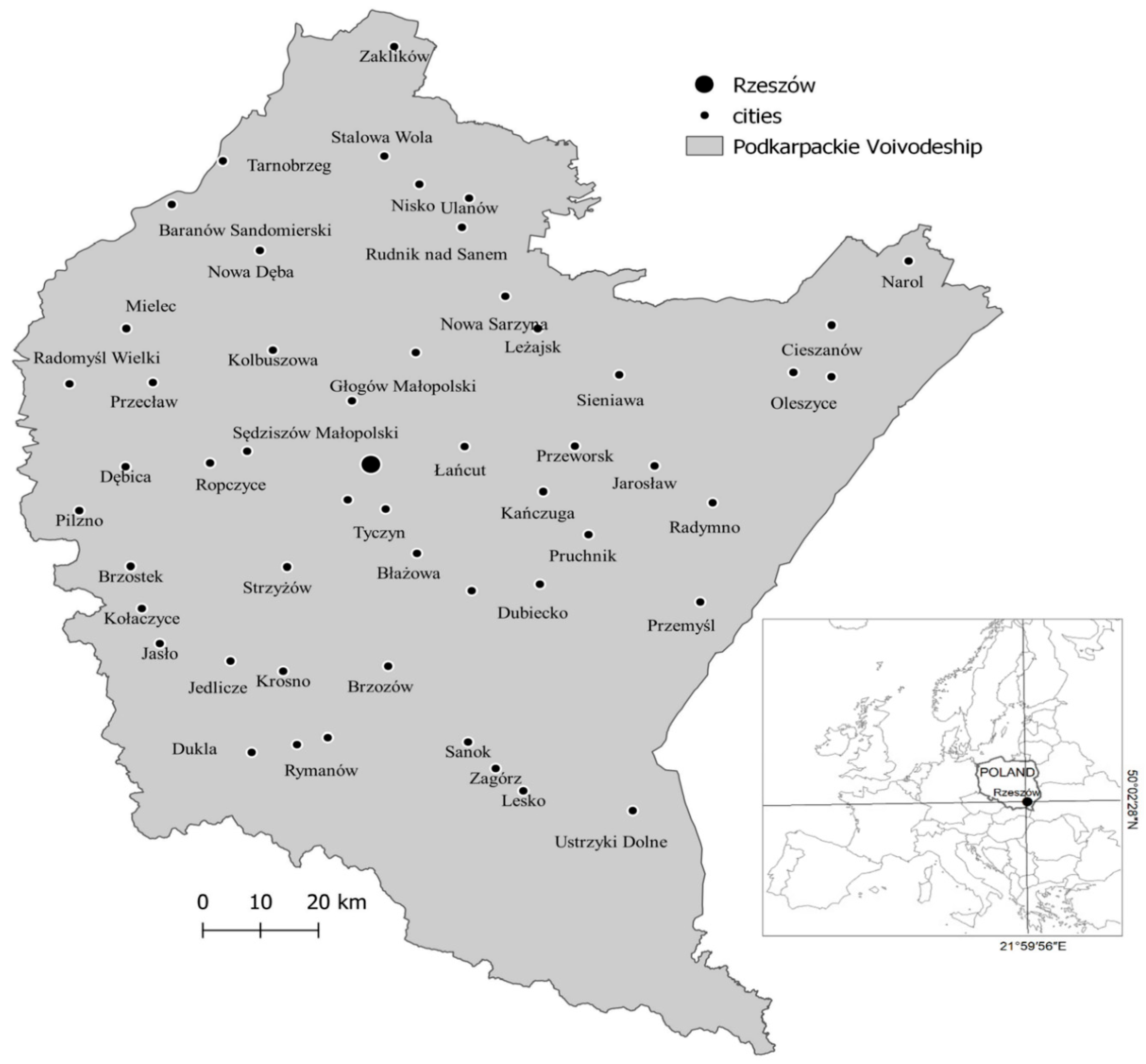
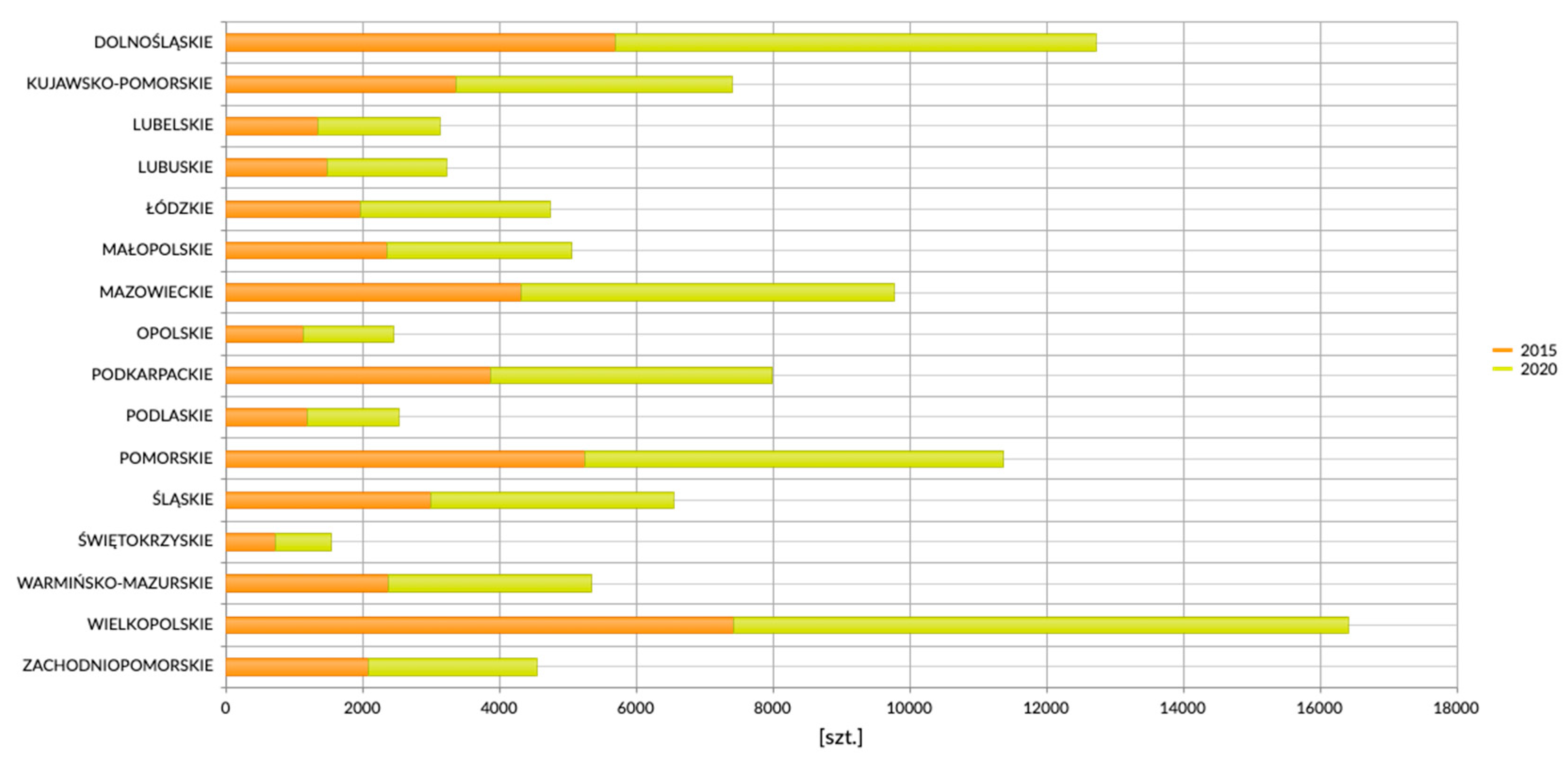
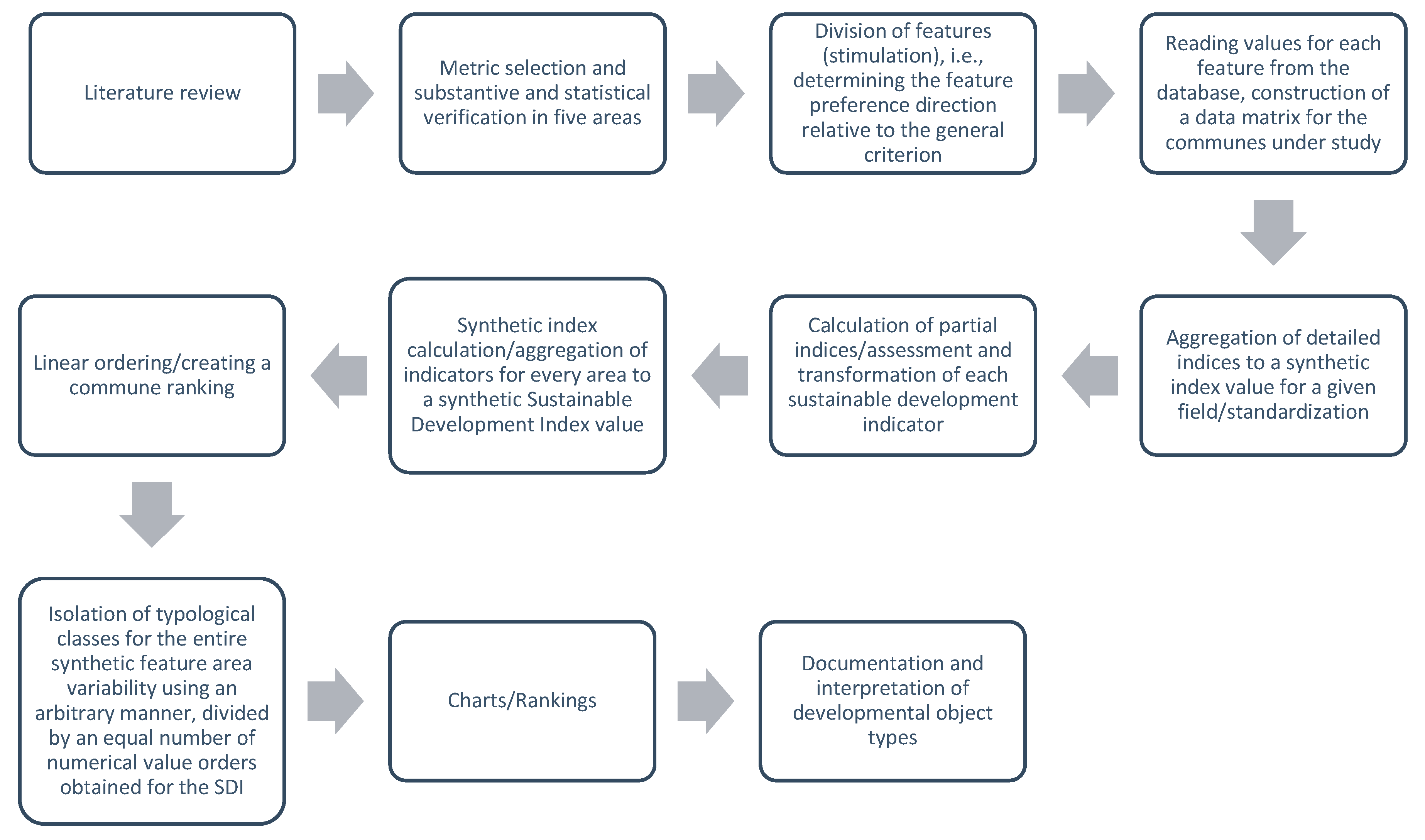
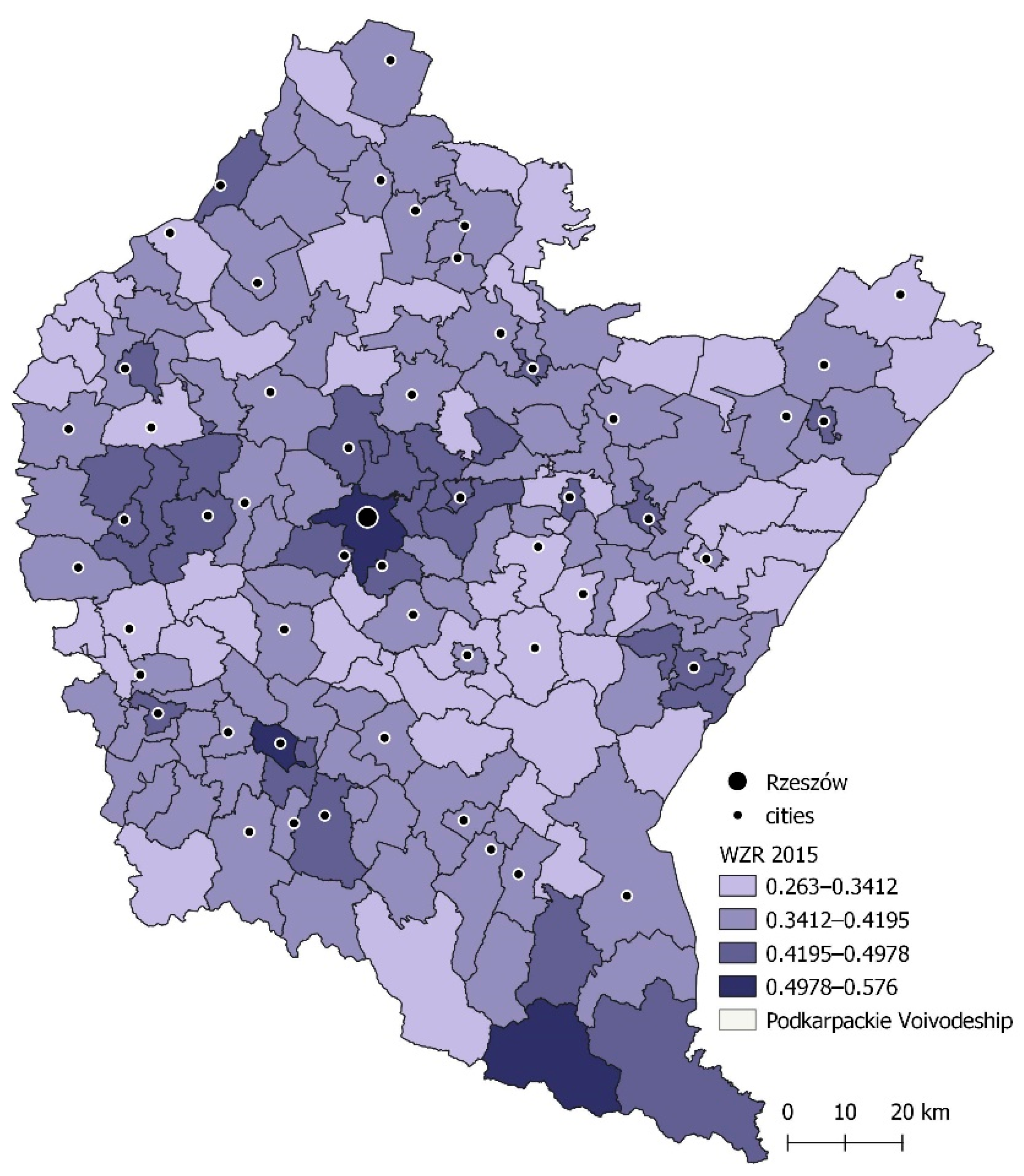
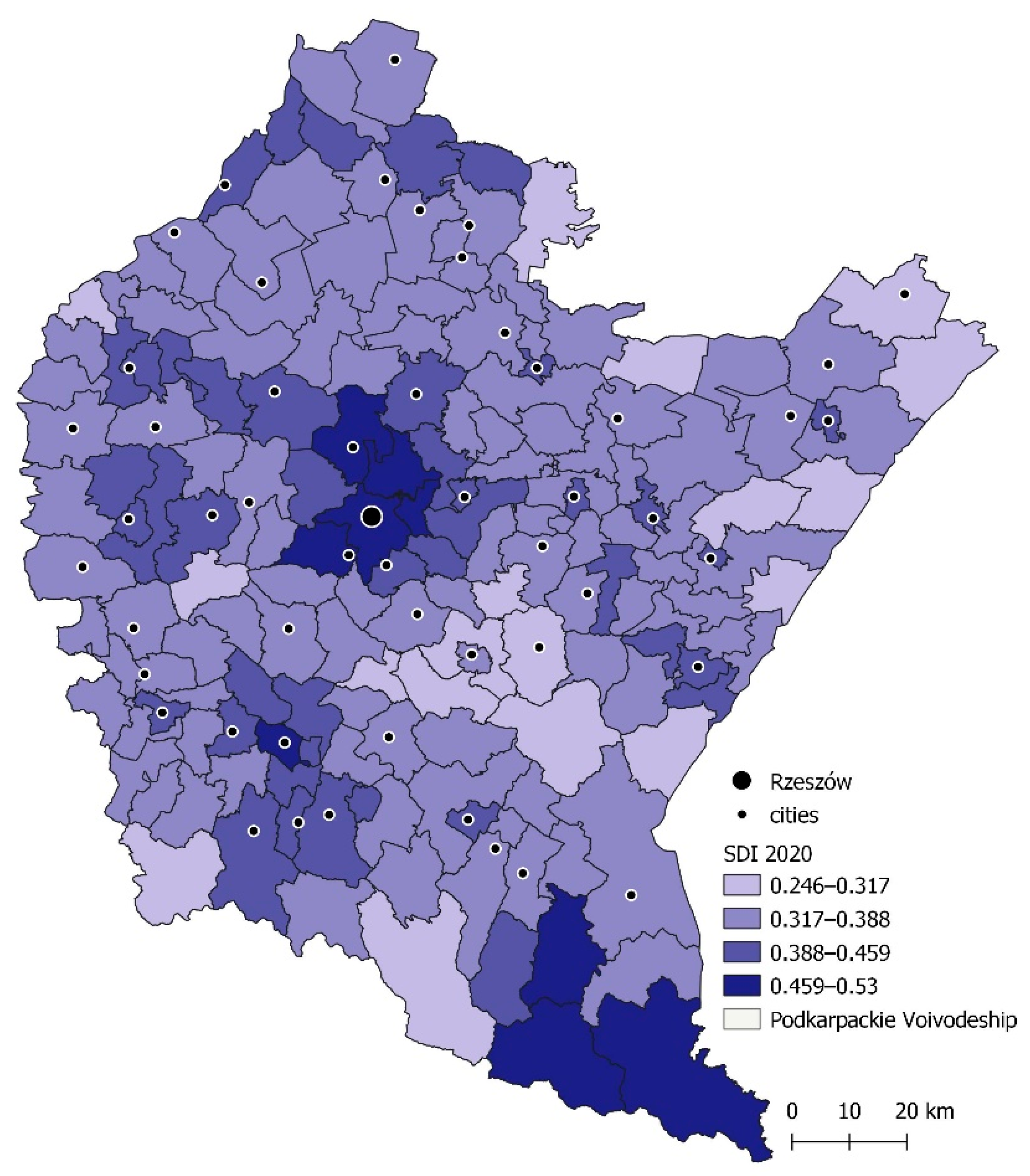
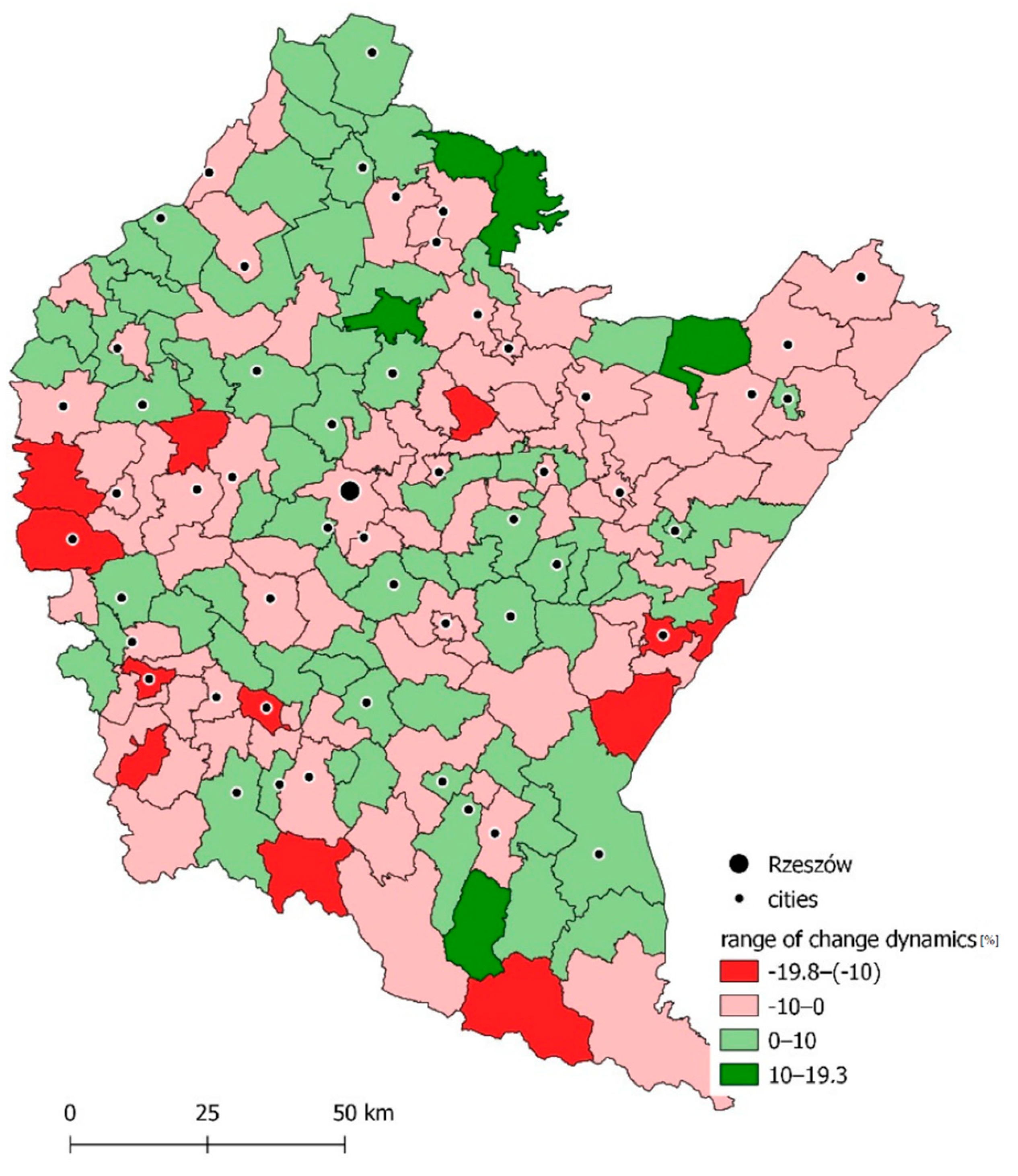
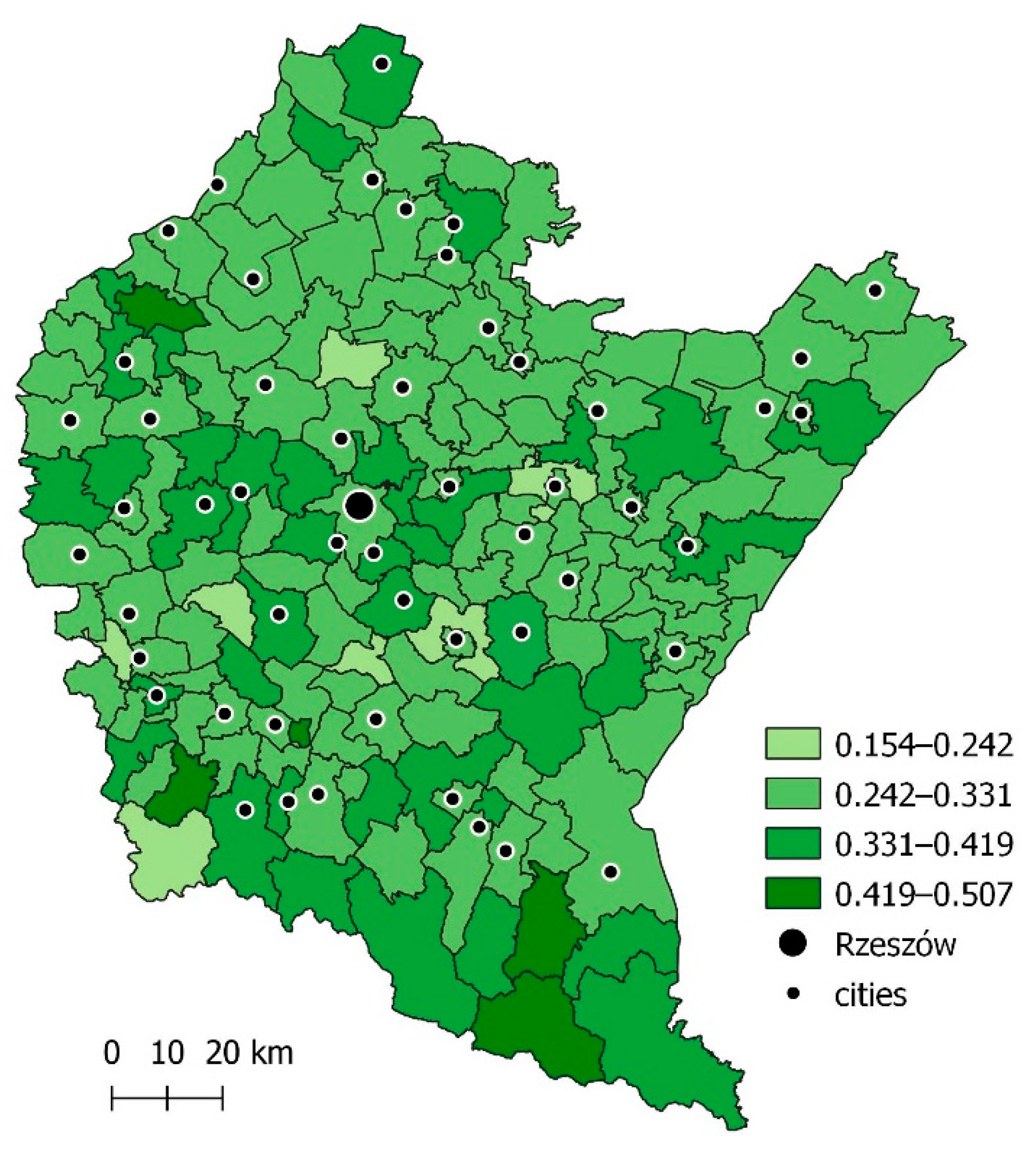
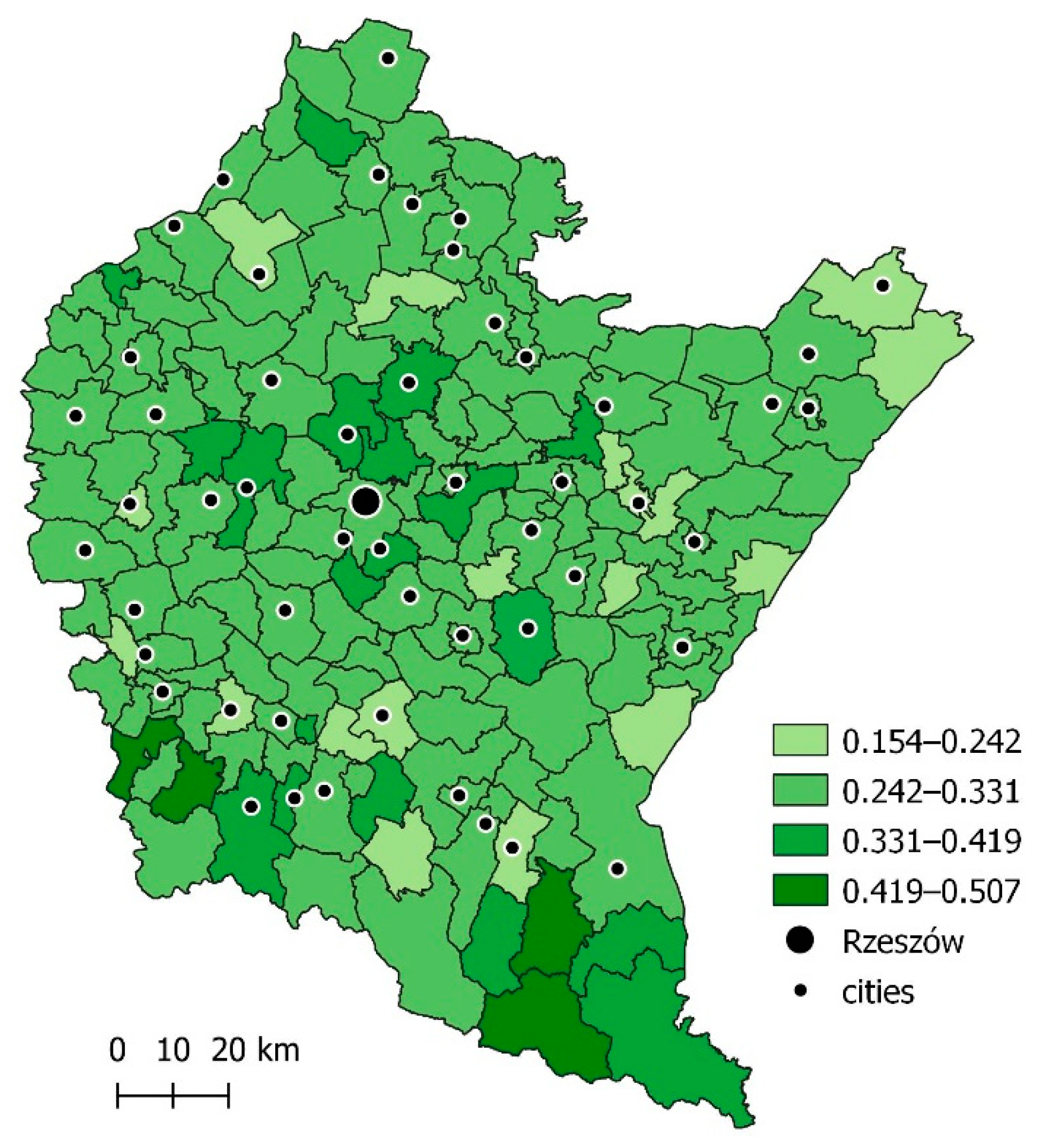
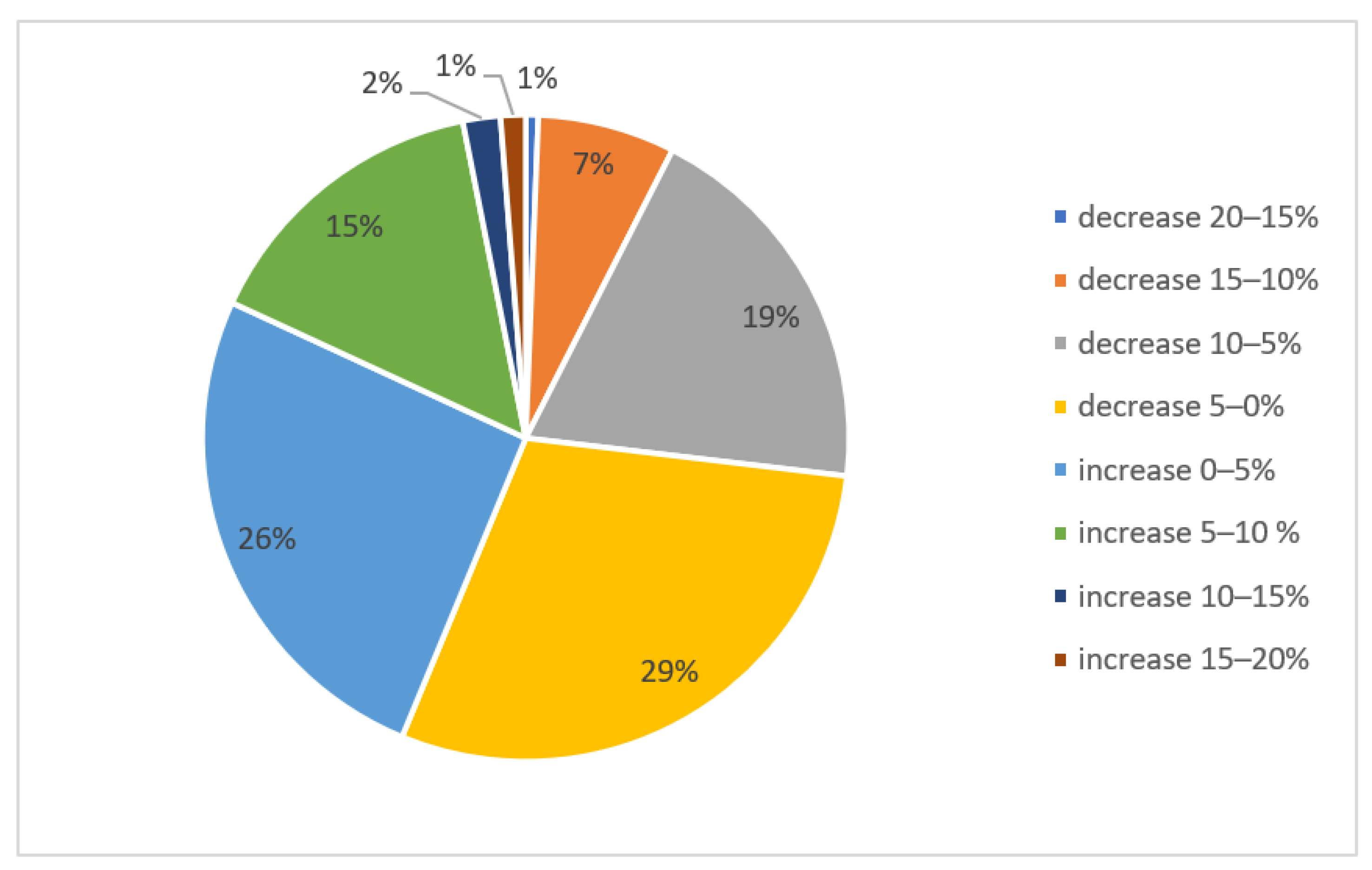
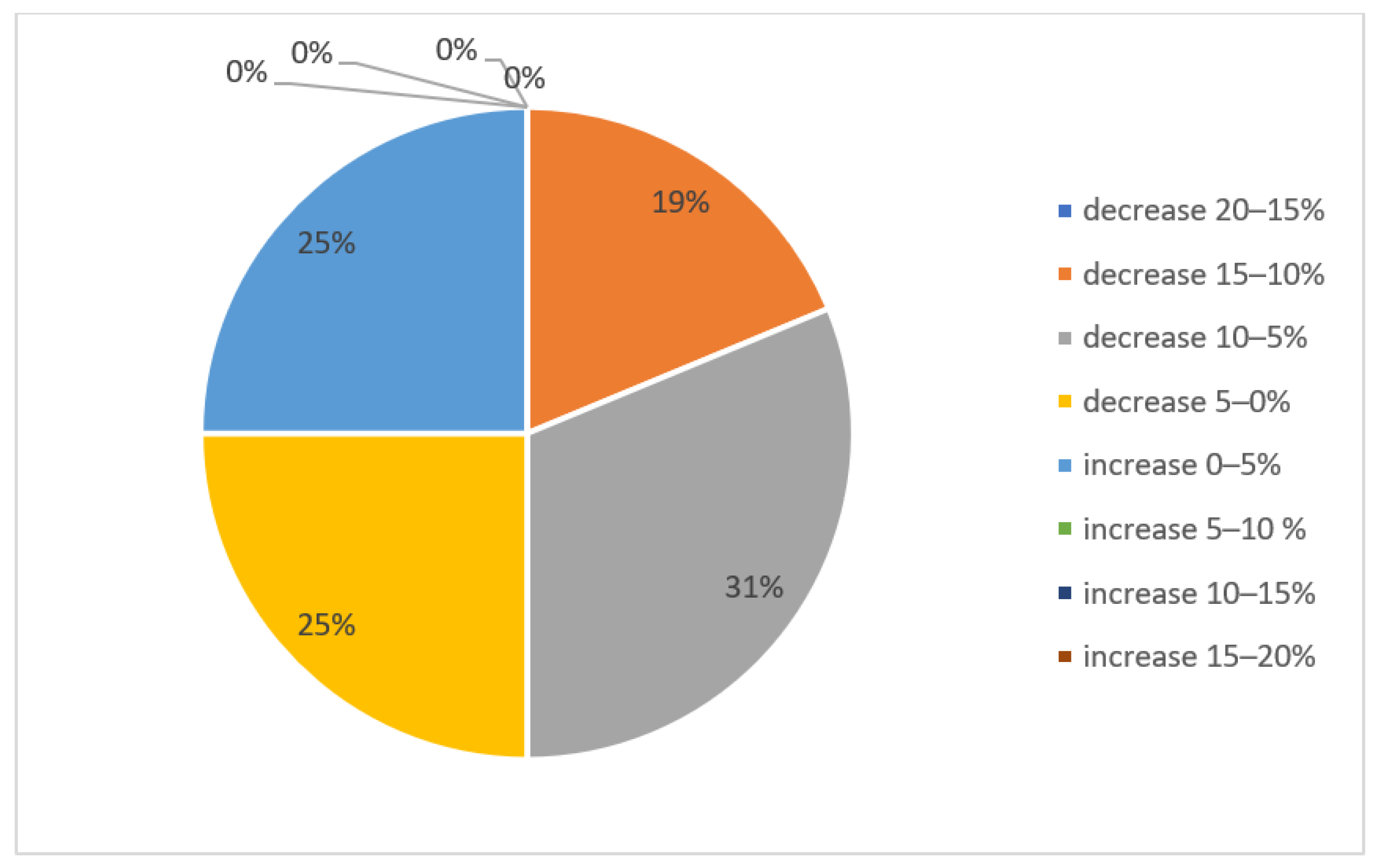
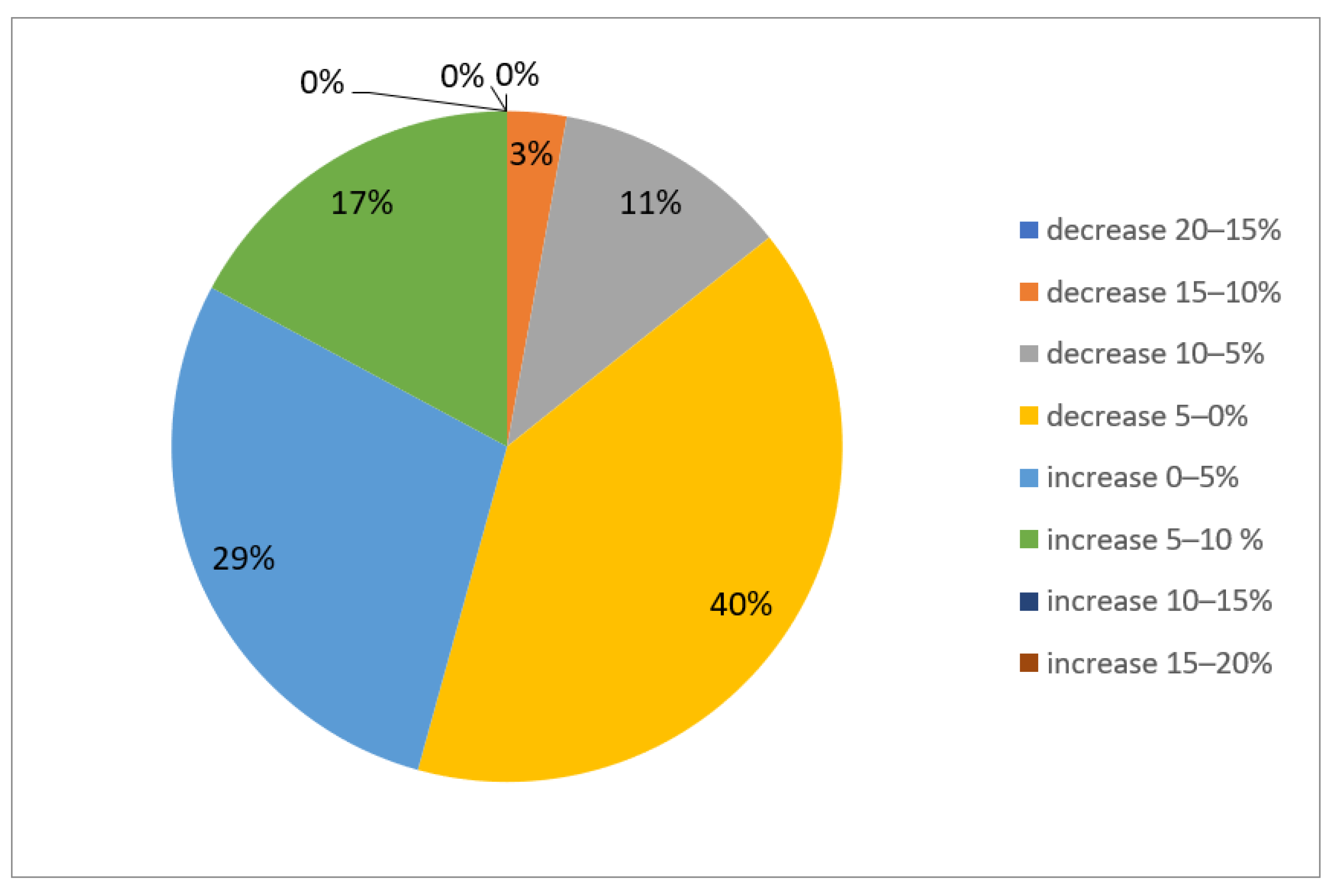
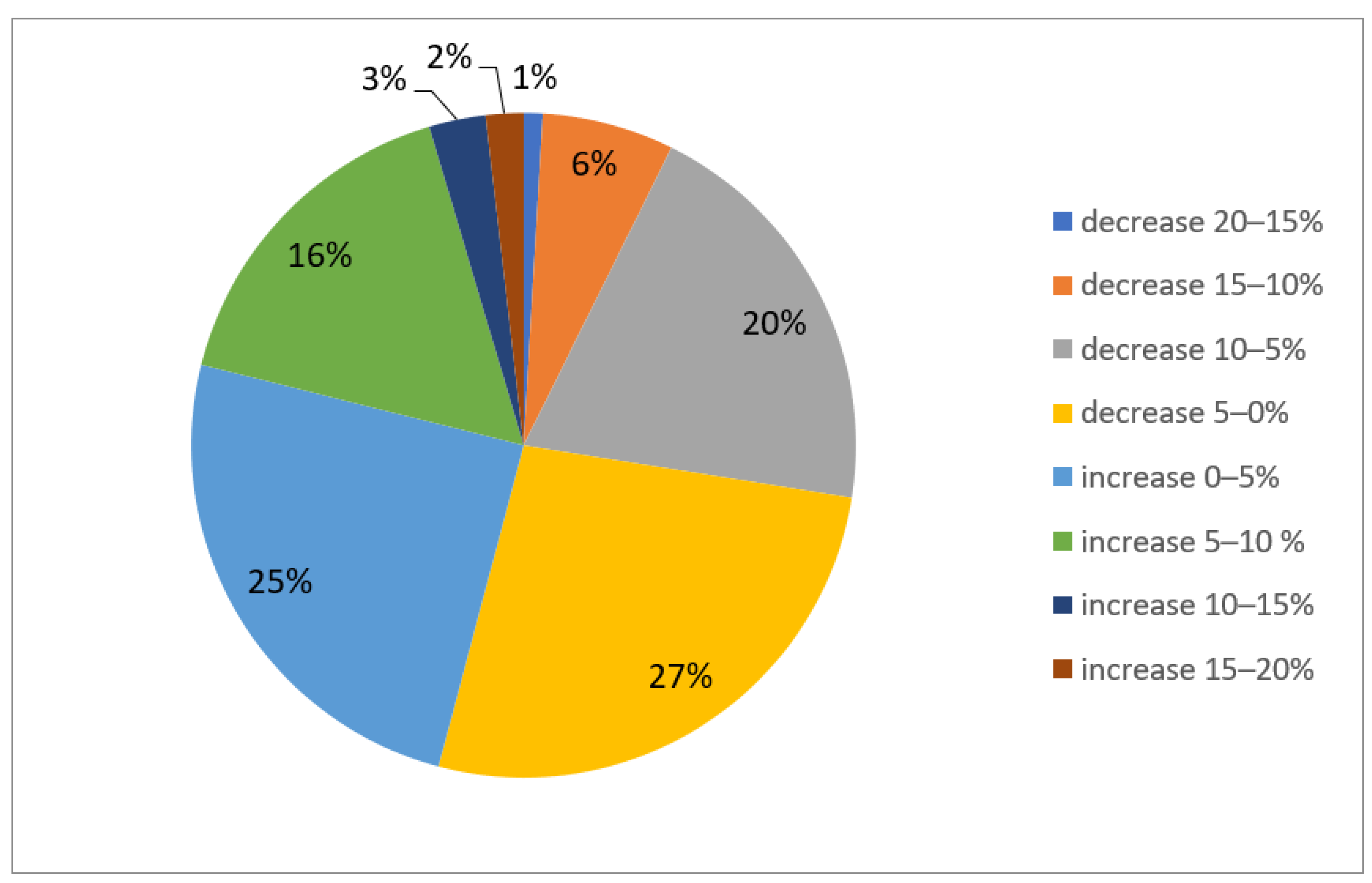
| Item No. | Parameter Type | Podkarpackie Voivodeship | |
|---|---|---|---|
| 2015 | 2020 | ||
| 1. | Population (thousands) | 2127.6 | 2121.2 |
| 2. | Territory (ha) | 1,784,576 | 1,784,576 |
| 3. | GDP (million PLN) | 70,577 | 89,023 |
| Synthetic Variable/Area of Sustainable Development | Metrics Obtained from the Statistics Poland | Stimulant/Inhibitor |
|---|---|---|
| Economic Development (ED) | Registered entities per 1000 inhabitants | Stimulant |
| Entities recently registered in REGION per 1000 inhabitants | Stimulant | |
| Natural persons engaging in economic activity per 1000 inhabitants | Stimulant | |
| Reach of applying for environmental social aid in % | Inhibitor | |
| Budget of municipalities and cities with powiat rights per capita | Stimulant | |
| Social Development (SD) | Natural growth per 1000 inhabitants in 2016 | Stimulant |
| Internal migration balance per 1000 inhabitants | Stimulant | |
| Retirement-age persons per 100 working-age persons | Inhibitor | |
| Live births per 1000 inhabitants | Stimulant | |
| Deaths per 1000 inhabitants | Inhibitor | |
| Average dwelling usable floor area per person | Stimulant | |
| Percentage of children aged 3–5 enrolled in kindergarten | Stimulant | |
| Percentage of registered unemployed persons in working-age population | Inhibitor | |
| Healthcare consultations per capita | Stimulant | |
| Environmental Development (ED) | Overall water consumption per capita | Inhibitor |
| Percentage of sewerage users in population | Stimulant | |
| Gas utility users in population | Stimulant | |
| Municipal spending on air and climate protection per capita | Stimulant | |
| Institutional Development (ID) | Municipal spending on education per capita | Stimulant |
| Percentage of women among council members | Stimulant | |
| Foundations, associations and social organizations per 10 thousand inhabitants | Stimulant | |
| Percentage of spending on public roads in relation to general expenditure | Stimulant | |
| Municipal spending on culture and national heritage preservation per capita | Stimulant | |
| Spatial Planning Development (SPD) | Enforceable local spatial development plans as based on the Act of 7 July 1994, and the Act of 27 March 2003 per 10 thousand inhabitants | Stimulant |
| Plans drafted based on the Act of 2003 per 10 thousand inhabitants | Stimulant | |
| Public project planning permits per 10 thousand inhabitants | Stimulant | |
| Planning permits for housing development per 10 thousand inhabitants | Stimulant | |
| Planning permits for commercial development per 10 thousand inhabitants | Stimulant | |
| Planning permits for other development per 10 thousand inhabitants | Stimulant | |
| Percentage of land assigned in a spatial development study for drafting a local spatial development plan | Stimulant | |
| Percentage of land assigned in a spatial development study for conversion into non-agricultural uses | Inhibitor | |
| Percentage of land assigned in a spatial development study for conversion into non-forest uses | Inhibitor | |
| Percentage of land in a municipality with enforceable local spatial development plans | Stimulant | |
| Percentage of municipal territory with enforceable local spatial development plans based on the Act of 2003 | Stimulant |
Publisher’s Note: MDPI stays neutral with regard to jurisdictional claims in published maps and institutional affiliations. |
© 2022 by the authors. Licensee MDPI, Basel, Switzerland. This article is an open access article distributed under the terms and conditions of the Creative Commons Attribution (CC BY) license (https://creativecommons.org/licenses/by/4.0/).
Share and Cite
Martyka, A.; Jopek, D.; Skrzypczak, I. Analysis of the Sustainable Development Index in the Communes of the Podkarpackie Voivodeship: A Polish Case Study. Sustainability 2022, 14, 10237. https://doi.org/10.3390/su141610237
Martyka A, Jopek D, Skrzypczak I. Analysis of the Sustainable Development Index in the Communes of the Podkarpackie Voivodeship: A Polish Case Study. Sustainability. 2022; 14(16):10237. https://doi.org/10.3390/su141610237
Chicago/Turabian StyleMartyka, Anna, Dorota Jopek, and Izabela Skrzypczak. 2022. "Analysis of the Sustainable Development Index in the Communes of the Podkarpackie Voivodeship: A Polish Case Study" Sustainability 14, no. 16: 10237. https://doi.org/10.3390/su141610237
APA StyleMartyka, A., Jopek, D., & Skrzypczak, I. (2022). Analysis of the Sustainable Development Index in the Communes of the Podkarpackie Voivodeship: A Polish Case Study. Sustainability, 14(16), 10237. https://doi.org/10.3390/su141610237







